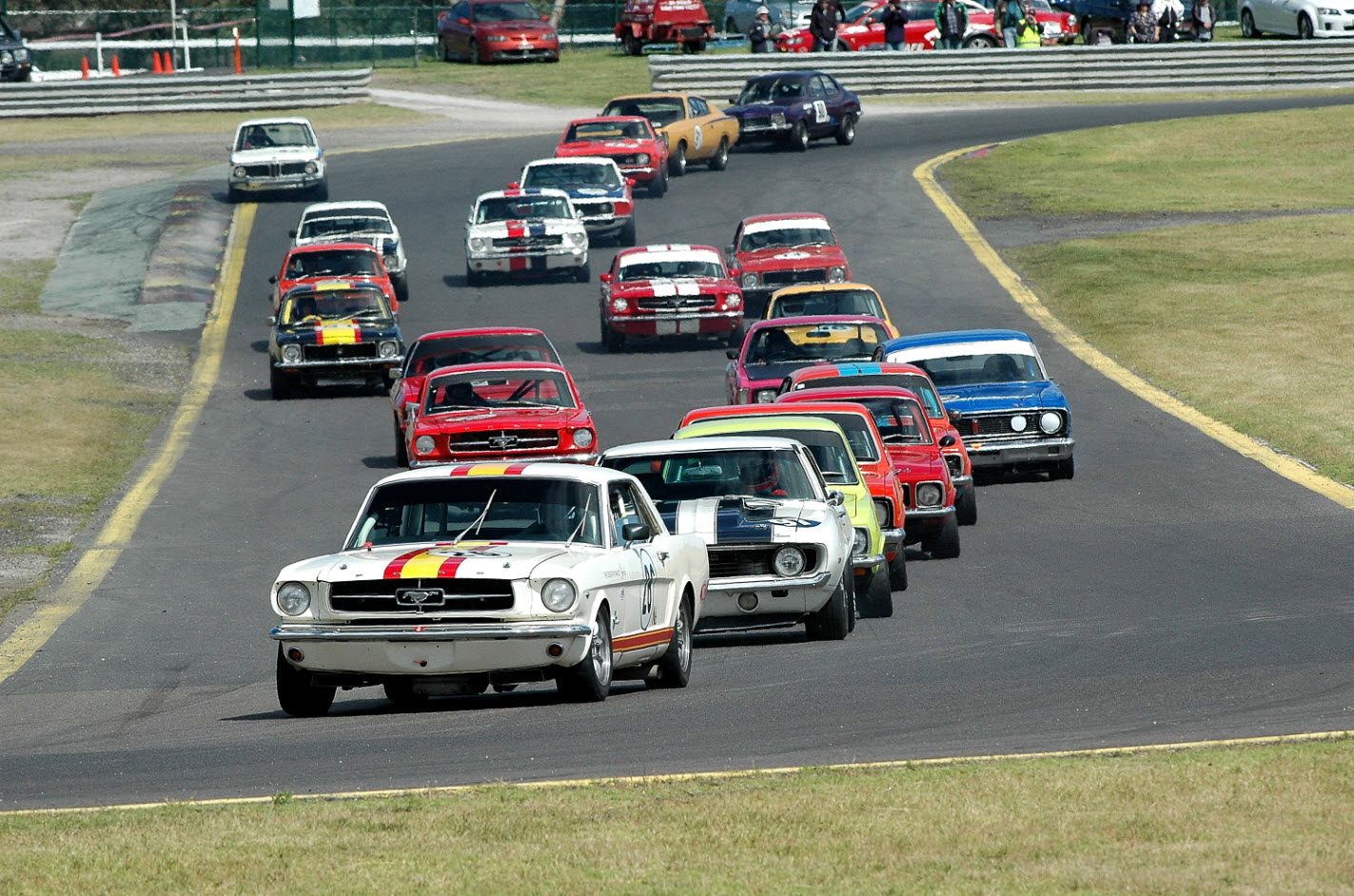What adaptations are needed for rally cars?

Through the years we’ve been treated by sheer skill as we have witnessed some astonishingly talented rally drivers. Walter Rohrl, Tommi Makinen, and Colin McRae are just some of the big names which created World Rally Championship history throughout their coveted careers. As we looked on from the comfort of our living rooms at these men negotiating the apex of corners on two wheels, we all thought about quitting our day jobs and committing our livelihoods to rally driving.
There are a variety of events throughout the world however, that don’t require a heavily sponsored team, or even a rally license. All you need to do is make a number of modifications to your car and build up a bit of self-confidence.
Here, with Ring Automotive, who stock a range of car tyre inflators, we run you through the various alterations you need to make to your trusty automobile before going full scale Smokey and the Bandit with it.

Safety
None of us want to crash. But when we’re doing dangerously competitive speeds, crashing is somewhat inevitable. Therefore, taking numerous measurements to safe proof the car you are going to be driving is one of the most important processes. The installation of a roll cage not only reduces the risk the driver and co-driver are at, but it also strengthens the car as a whole. Understandably, cars are built for use on roads and designed in a way to match a particular style of moderate driving. When you take your car rallying however, you are placing it under significant stress. A properly installed roll-cage carries as much worth as a building’s foundations.
In order to install a roll-cage however, the entire car must be stripped, right back to the bare shell of the body. All the body sound proofing material off the floor must be pulled out, before welding any seam in the vehicle. Once this had been done, the roll-cage is good to be installed.
Drivetrain
The component of the car which delivers power between the engine and the wheels, the drivetrain requires significant alterations if it is going to produce the necessary power capable of competing in an off-road rally. Most modern cars are controlled by an internal computer or membrane, which receives instruction from a chip. As standard roadworthy vehicles are configured to be fuel efficient and produce minimal emissions, much of the potential performance is restricted. With a performance chip, or tuner as it is alternatively known, vehicles can create an additional output of 100 horsepower in some instances.
How does this work? Effectively, the replacement chip removes the restriction that has been implanted. In doing so, the instruction which tells the engine how much fuel should be released when the driver places his foot flat down on the accelerator no longer exists. With this comes maximum acceleration and similarly maximum throttle response, yet at the cost of fuel economy. You should also consider changing your intake manifold to one that produces low end torque. You could also replace the exhaust manifold with a header, which will enhance horsepower and the throttle response.
Tyres
Standard road tyres would be lucky to make it through the first corner of a rally circuit. Due to the copious number of pot holes, selection of sharp rocks and stones, and uncountable collisions with curbs, it is no surprise that the tyres on a rally car need to be made of sturdier stuff. In a bid to avoid continuous punctures, manufacturers of rally tyres build them all with a thick sidewall. Some even contain added ribs on the exterior of the sidewall. They will all contain larger, thicker tread blocks, offering more grip during acceleration, braking, and cornering. Depending on the road surface, the temperature, and the length of the stage, you will also be required to pick a particular compound of tyre, either soft, medium, or hard.
Aluminium skidpan
Have you ever misjudged a bump in the road and ended up grounding your car? This is something which every driver is more than likely to experience in their life, whether it was scraping the sump off the ground after gaining unintentional air or going over too steep a speed bump. Imagine when you’re in a rally car however, constantly hitting jumps — the sump of the car along with the engine casing would be destroyed within a matter of moments, causing catastrophic damage. That is why you must fit an aluminium plate, which protects the underneath of the car.
If you’re thinking of descending down the route of rally driving, touch on some of these handy tips, helping steer you the way of success.
Author Bio
Jonny Gilpin is a copywriter for digital marketing agency, Mediaworks. Originally from Northern Ireland, but now based in Newcastle, he specialises in current affairs, lifestyle, and sport.

